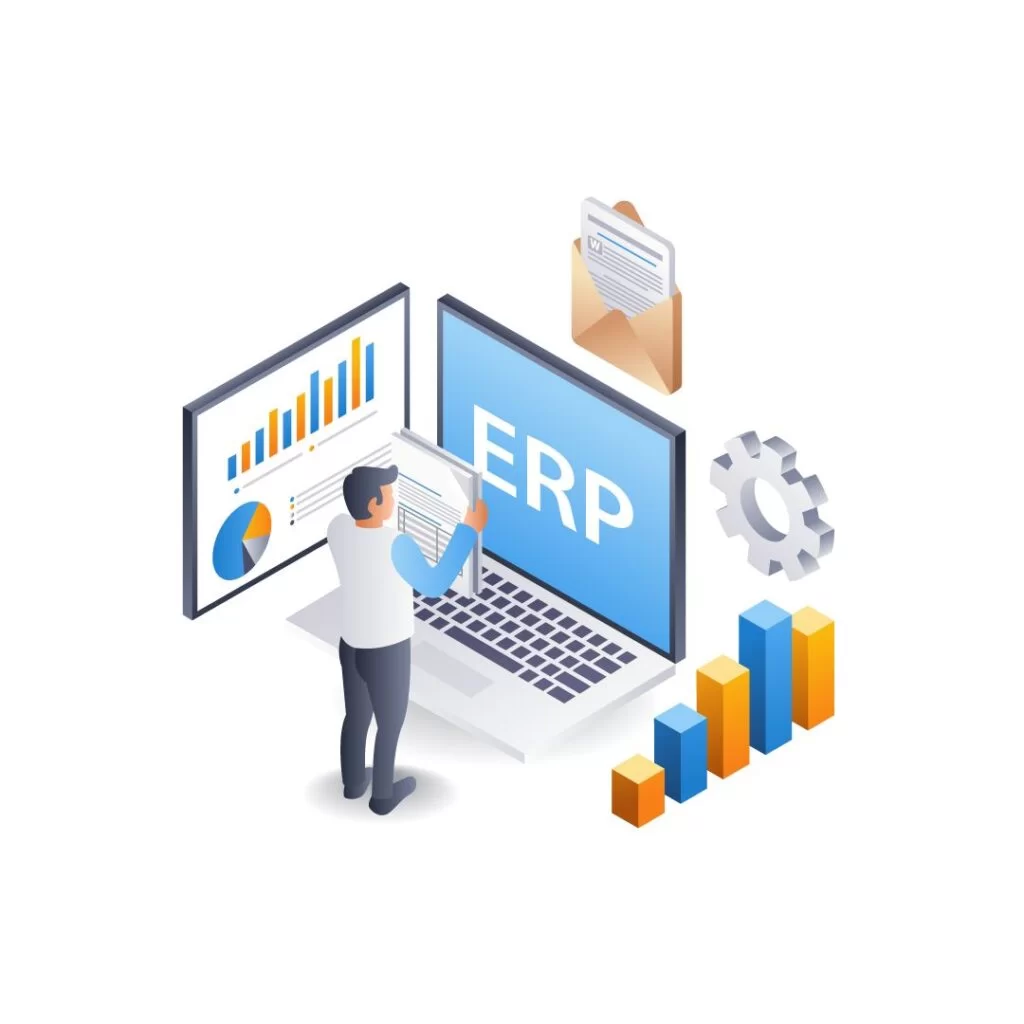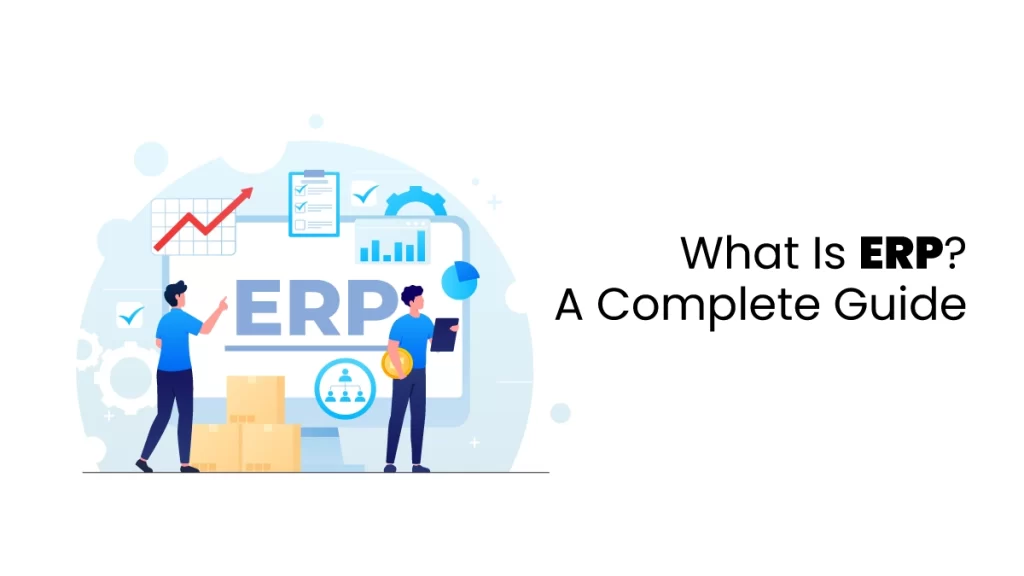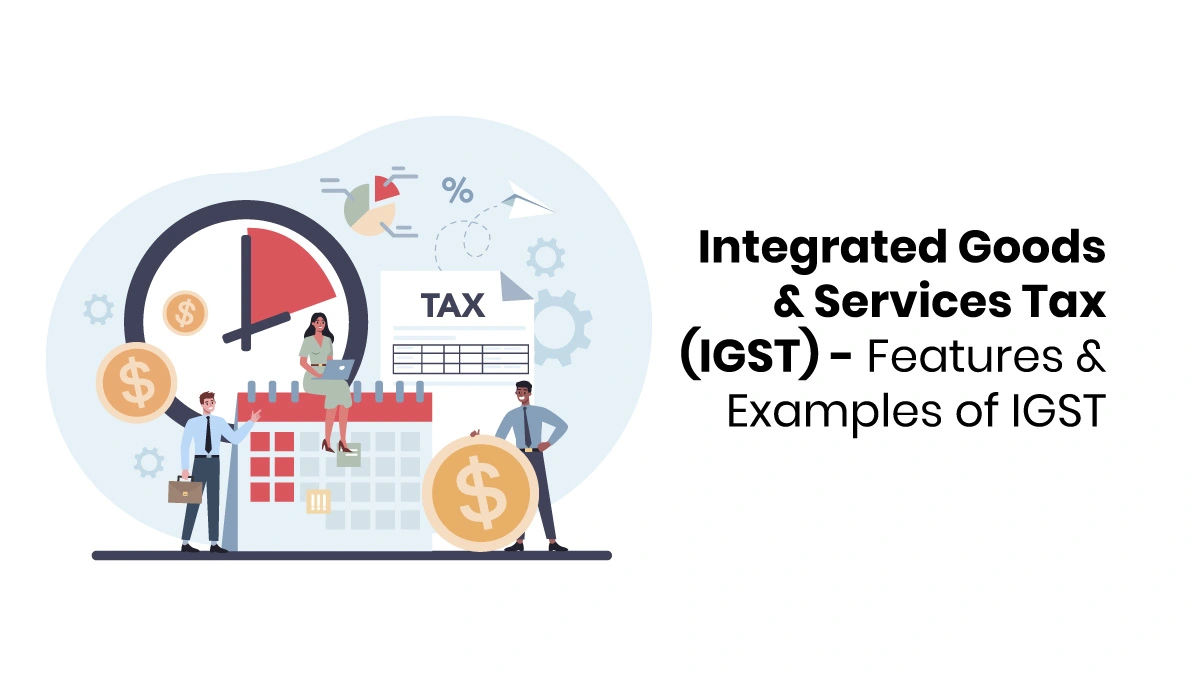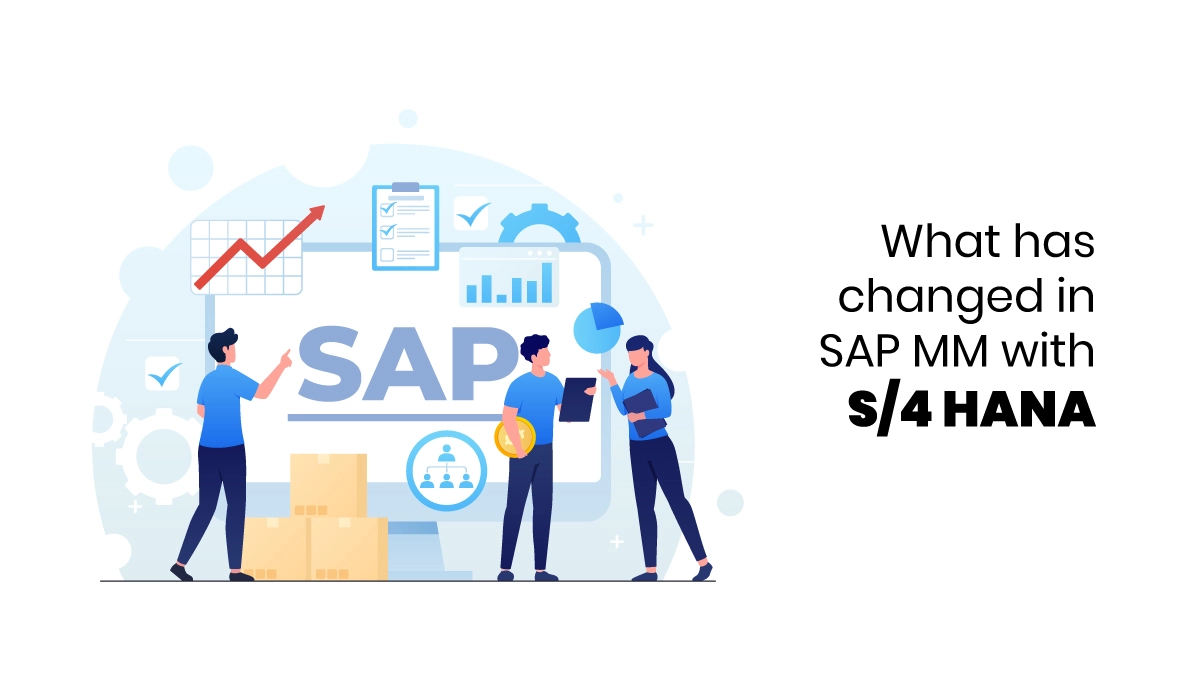ERP (Enterprise Resource Planning) software helps you run your entire business. It automates tasks in finance, HR, manufacturing, supply chain, services, and buying supplies.
ERP stands for Enterprise Resource Planning, but what does that mean? It’s a system that helps manage all the essential tasks a business needs, like finance, HR, manufacturing, supply chain, services, and buying supplies. It keeps everything in one place, making it easier to run the business smoothly.
Contemporary ERP systems have evolved tremendously over the years. Modern ERP also enables organizations to collaborate and network globally, which enhances competitiveness and speed within the organization.
Importance of ERP in Businesses
Enterprise resource planning systems are essential for businesses that want to use their resources wisely. They help leaders manage people and money better, creating more efficient processes that save costs without losing quality.
ERP also helps with planning and organizing. Employees can quickly check inventory and customer orders, compare them with supplier orders, and predict future needs. If needed, they can make changes to avoid problems. ERP systems also improve communication because employees can see what’s happening in other departments, helping them make better decisions.
An Enterprise Resource Planning (ERP) system gathers all business information and produces reports and graphs that help businesses research trends and calculate future outcomes. Many people choose to take SAP courses online to use ERP systems well. These courses offer helpful training on how to use SAP software, improving their skills in managing and understanding data within an ERP system.
Common Enterprise Resource Planning (ERP) Modules
ERP systems have different parts (modules) that focus on finance, buying, or manufacturing. Each part helps employees in that department with the tools and information they need. All the parts connect to the main ERP system, so everyone in the company has the same accurate data. The most common Enterprise resource planning modules include:
Finance
The finance and accounting module is the central part of most ERP systems. It helps manage financial tasks, like keeping track of money coming in and going out. It also allows businesses to close their books, create financial reports, follow revenue rules, and manage financial risks.
Human Resources Management
Most ERP systems have an HR module that handles essential functions like tracking employee hours and payroll. Extra tools or complete HR systems can connect to the ERP to offer more features, like analyzing the workforce and improving employee experiences.
Sourcing and Procurement
The sourcing and procurement module makes it easy for businesses to buy the materials and services required to create products or sell items. It simplifies buying by automating quote requests, contract creation, and approval management. The module allows the system to avoid underbuying and overbuying, improve negotiations with suppliers through AI, and make great connections with buyer networks.

Sales
The sales module helps businesses keep track of interactions with potential and existing customers. It provides salespeople with insights to boost sales and target the right customers with promotions and upsell opportunities. This module manages the entire process from order placement to payment, including order tracking, contracts, billing, and sales team support.
Manufacturing
Modern ERP systems have many business features. They can integrate with other software applications like CRM systems, HCM tools, e-commerce platforms, or even a different ERP. Interconnecting systems enable companies to see all the information in one place. Connection boosts efficiency, improves customer satisfaction, and improves teams’ collaboration.
Logistics and Supply Chain Management
This necessary module oversees the supply chain’s movement of goods and supplies. It provides functionalities for real-time monitoring of inventory levels, conducting warehouse management, and controlling logistics. This module extends visibility and flexibility across the supply chain, thus easing the adjustment to variations and demands.
Service
The service module in an ERP system ensures that the companies provide reliable and personalized service to meet customers’ demands. It may offer tools for repairs, spare parts, field services, and revenue-generating services. In addition, analytics ensure that service reps and technicians can quickly resolve customer problems and create loyalty.
R&D and Engineering
Many ERP systems use an R&D engineering module that provides tools for designing and manufacturing products. These modules help manage the entire product life cycle, ensure regulatory compliance, and allow companies to innovate faster and cost-effectively.
Enterprise Asset Management
Some ERP systems have an enterprise asset management (EAM) module, which helps machine-dependent businesses optimize everything. This module includes elements of maintenance management, maintenance planning, asset maintenance, and ensuring compliance with safety and health standards.
ERP Integration
Modern ERP systems have many functional features but must be integrated with other software, such as CRM systems, HCM tools, eCommerce platforms, and ERPs. By combining these systems, companies can see all their information in one place. This integration increases productivity, improves customer satisfaction, and helps teams work together more effectively.
Modern Enterprise resource planning systems are designed to be open and customizable, making it easy to use tools such as Application Programming Interfaces (APIs) or custom connectors to access software applications. There are some new approaches to integration, such as Enterprise Service Bus (ESB) and Integration Platform-as-a-Service (iPaaS).
iPaaS is a popular cloud-based solution that helps businesses connect their on-premise or cloud ERP systems with software from the same vendor or third-party providers. These integrations often require little or no coding. It doesn’t need any, making it more convenient and expensive. Other features like API automation, machine learning data integration, Internet of Things (IoT) connectivity, and ready-to-wear will also be offered.
If you want to improve your skills in this area, Practical accounting training can help you understand how these connections work in the overall business operations.










